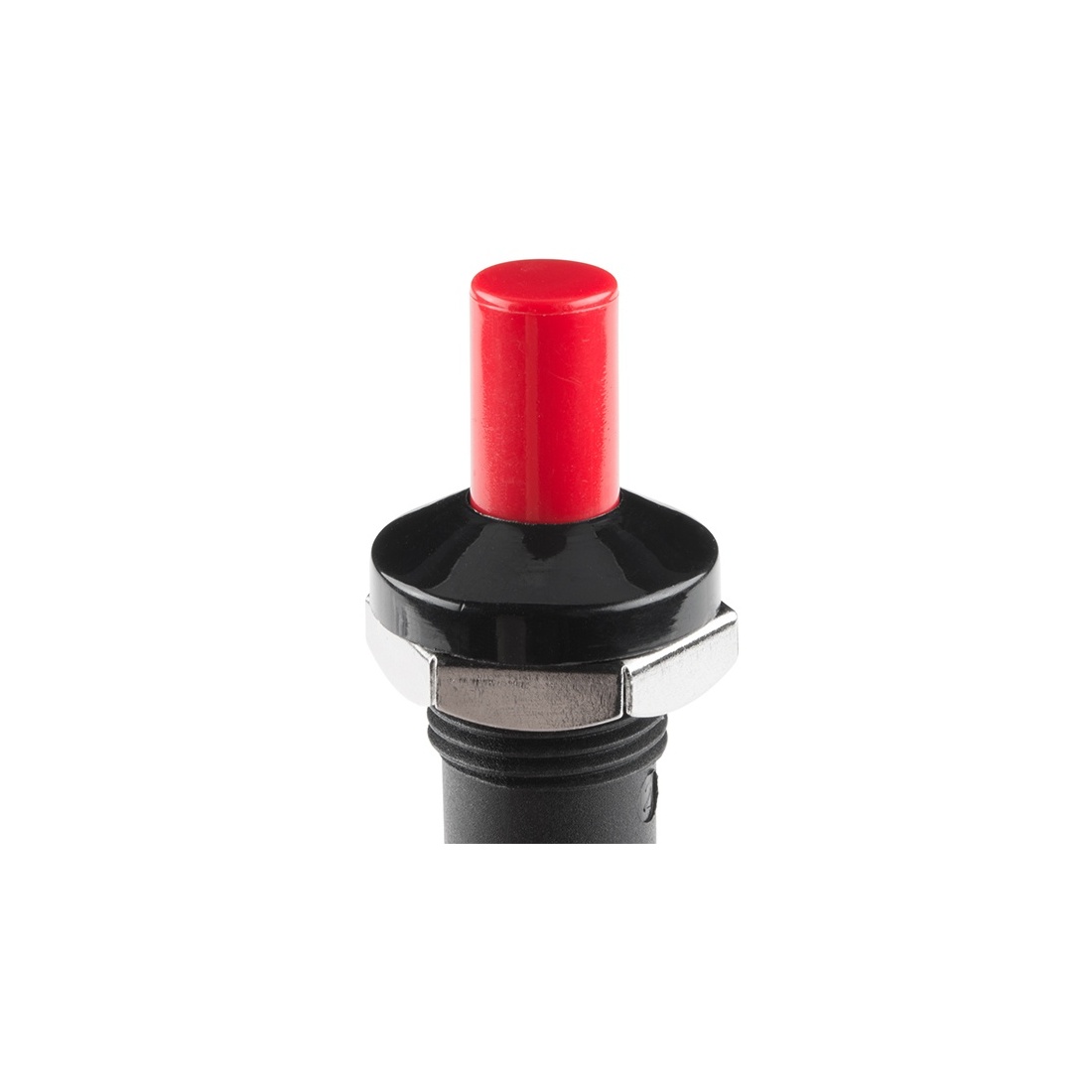

How much mechanical power can I get out of one sheet? Voltage applied in the poling direction only can be raised up to ~300 volts. 0075" thick single sheet of PSI-5A ceramic is ☙0 volts. What is the highest voltage that I can drive a piezoceramic sheet to?įor low frequency operation (0 to 5 KHz) a conservative recommendation for applied bi-polar voltage for a.

At ultrasonic frequencies large surface area parts draw considerable current and resistive heating of the electrodes becomes the limiting factor. 0075" thick sheet of PSI-5A material has a thickness mode vibration in the neighborhood of 13 MHz and a planar dilatation mode at around 14 KHz. In practice the frequency limits of applications are usually determined by resonances associated with the shape and/or size of the transducer design. There is no inherent frequency limit for a piezoceramic sheet. What is the frequency limit of piezoceramic sheet? If the materials are equipped with electrodes on two surfaces, a voltage will arise between the electrodes in response to temperature shifts. The tendency of some materials to exhibit a change in internal electrical polarization state in response to a change in temperature. At liquid helium temperatures, the motion of most materials drops to about one-seventh of that measured at room temperature. Quantitatively, the piezo coupling of most common piezoceramics does decrease as temperature drops. This may seem counter-intuitive at first however, you must remember that the basis for the piezoelectric effect is inter-atomic electric fields, and electric fields are not affected by temperature at all. All piezo actuators continue to function right on down to zero degrees Kelvin. 'Damping' is the term used for the general tendency of vibrating materials or structures to lose some elastic energy to internal heating or external friction.Ĭan piezoceramic actuators be used at cryogenic temperatures? High applied fields result in repolarization in the opposite direction. Medium fields result in partial degradation of the polarization (with partial loss of properties). Low level applied fields result in no permanent change in the polarization (it bounces back upon removal). At a later time, if an electric field is applied in the opposite direction it exerts a "dislodging stress" on the micro-dipoles. This alignment by application of high voltage is called "poling". In addition to having the proper formulation the piezoceramics must be subjected to a high electric field for a short period of time to force the randomly oriented micro-dipoles into alignment. The piezoelectric property of ceramics does not arise simply from its chemical composition. What is poling/depoling in piezoceramic materials? Tensile strength is the stress (measured in Newtons/m 2 or psi) at which a sample of solid material will break from tension. Y = (L/A)*(F/ΔL) In piezo applications Y is frequently used to estimate the equivalent spring constant of a rod or a plate of material that is in contact with a piezo actuator (F/ΔL). When rod or plate of cross section (A) and length (L) is pulled with force (F) resulting in an elongation (Δ L), the Young's modulus can be computed as follows: This is a dimensionless measure of stretching or compression often stated as "inches per inch", "millimeters per meter", or "microns per meter (microstrain)" for convenience of visualization.Ī material property of all elastic solids, Young's modulus (Y) is used to describe "stiffness" of materials. When a solid object like a rod of length (L) is stretched to a new length (L + delta L), the strain in the rod is defined as the ratio (Δ L)/(L). The value of the electric field (E) at that location is the ratio F/Q (a vector). A test particle with small known charge (Q) placed near a charge concentration will experience an accelerating force (F) due to the field. It fills the space around the charge and is the mechanism of interaction between charges. The coupling between the central ion and the cage provides the basis for transformation of mechanical strain to internal electric field shifts and vice versa.Īn electric field is always associated with the presence of electric charges. The ion's post ion state can be caused to shift by either deforming the cage (applied strain) or by applying and electric field. We also have some common questions below that should help you gain an initial understanding but don't hesitate to reach out with any questions, we're here to help!Ĭommon Questions Why is there piezoelectricity?īecause some atomic lattice structures have as an essential unit (or "cell") a cubic or rhomboid cage made of atoms, and this cage holds a single semi-mobile ion which has several stable quantum position states inside the cell. We recognize that piezoelectrics are complicated! We have many user guides and educational content on our main website under Education.


 0 kommentar(er)
0 kommentar(er)
